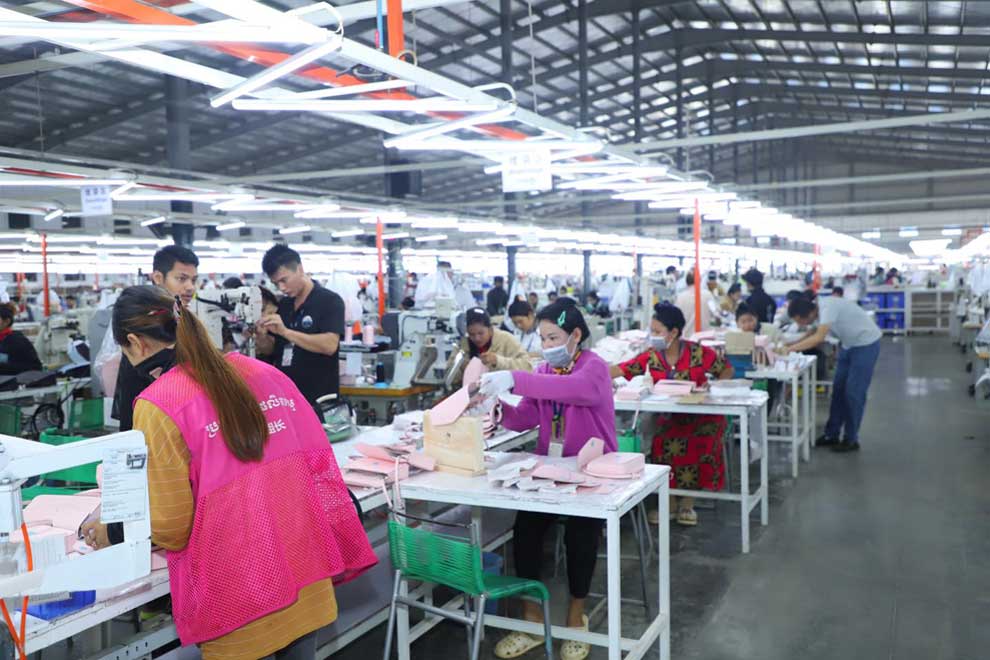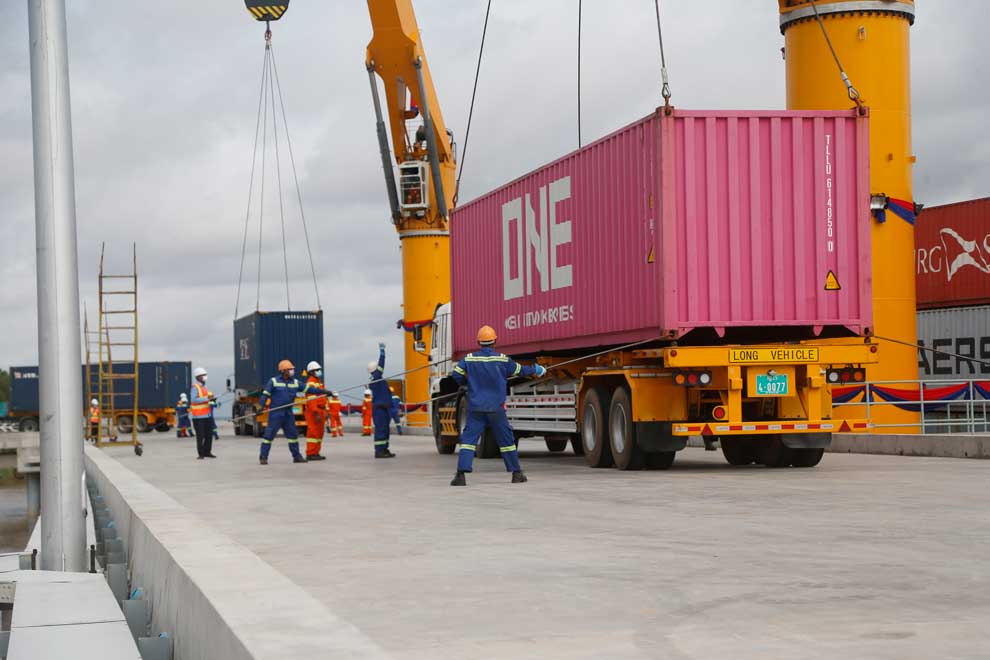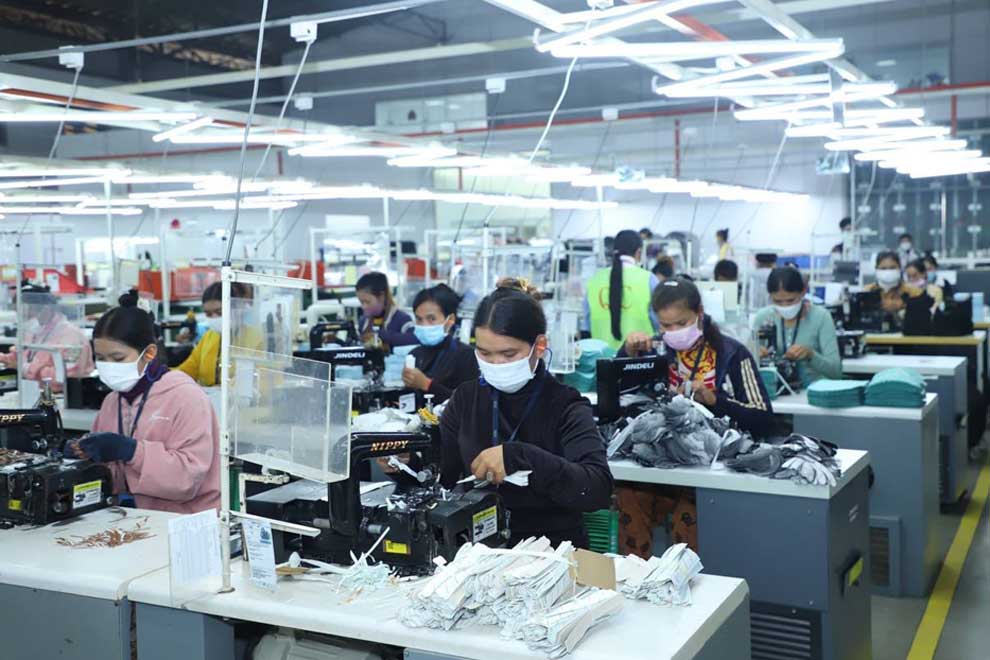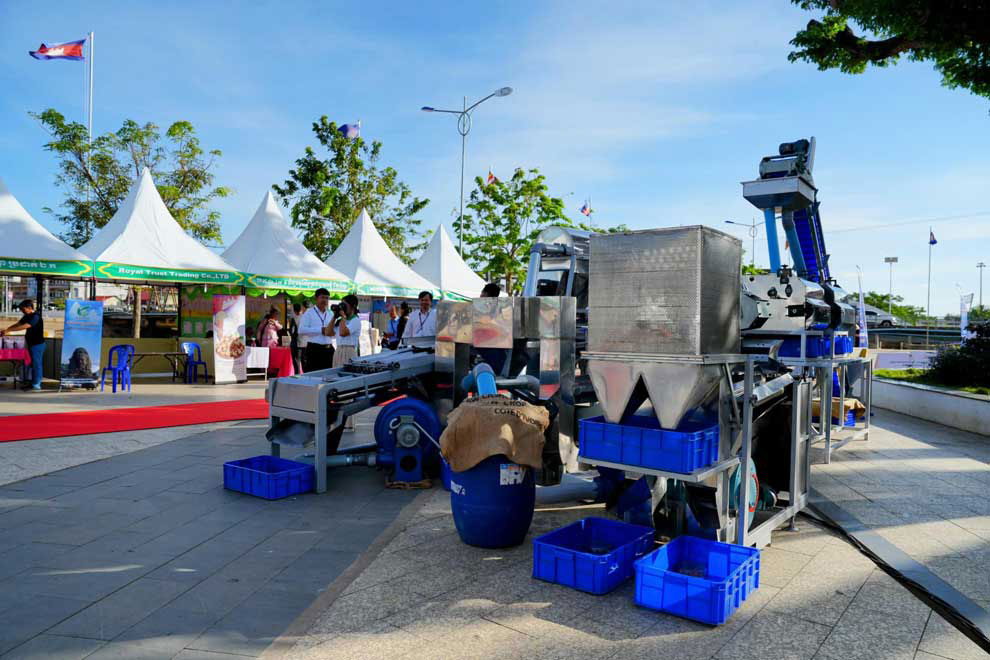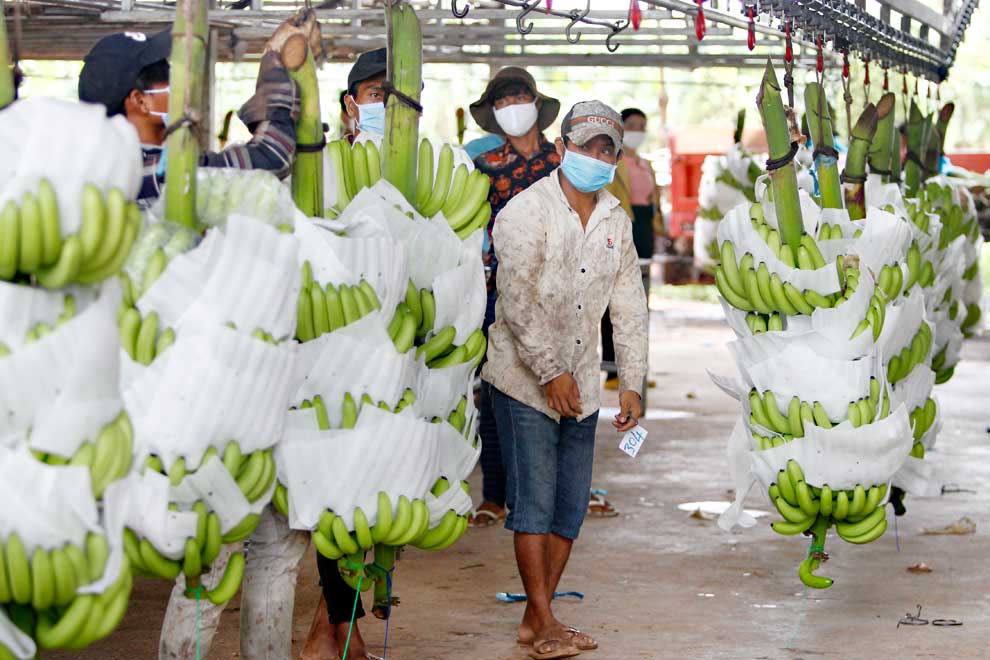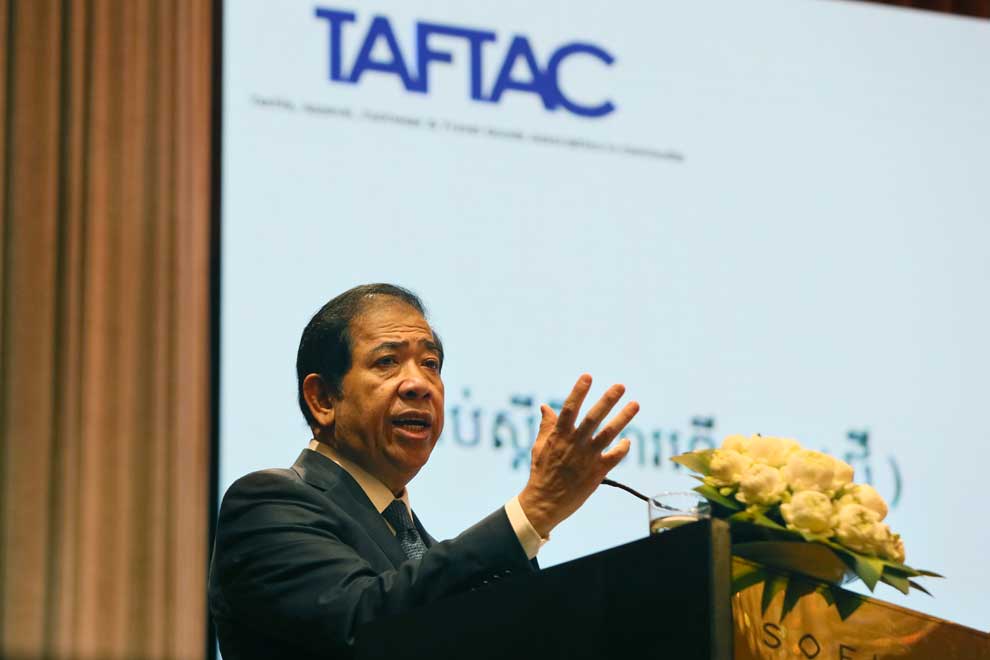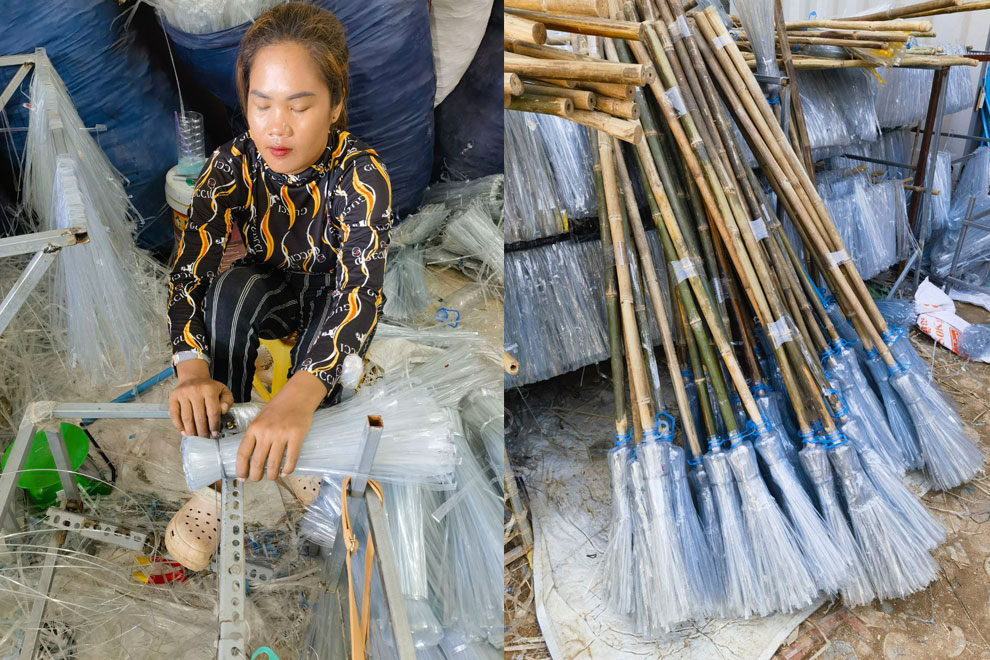China trade soars nearly 20% in ‘23, up slightly in Nov
China trade soars nearly 20% in ‘23, up slightly in Nov
Exports from Cambodia to China in the first 11 months of 2023 totalled more than $1.3 billion, marking a nearly 20% increase year-on-year. The total value of bilateral trade exceeded $11 billion, as reported by the General Department of Customs and Excise (GDCE).

Cambodian exports to China reached $1.31 billion during the period, an 18.5% rise from the previous year’s $1.11 billion. Imports from China amounted to $9.76 billion, a 3.1% increase from $9.47 billion. This brought the bilateral trade value to $11.08 billion, a 4.7% expansion from $10.58 billion year-on-year.
China remains the country’s largest trading partner, contributing 26.06% to Cambodia’s total international trade volume, which amounted to $42.5 billion in the first 11 months of 2023.
For November, trade between the two countries amounted to $1.01 billion, up 5.94% from $954.97 million in November 2022. Cambodian exports to China were valued at $136.07 million, an 11.9% increase, while imports from China were worth $875.62 million, a 5.1% rise.
Hong Vanak, an economist at the Royal Academy of Cambodia’s International Relations Institute, said on December 12 that the consistent growth in exports to China could be attributed to the increase in agricultural exports, which are now allowed to be shipped directly to China, whereas previously they were routed through neighbouring countries.
He noted that the country also exports textiles and related components to the Chinese market.
Vanak highlighted that the Cambodia-China Free Trade Agreement (CCFTA), which came into effect in early 2022, has also boosted exports.
“Although the export value to China has increased, the volume is still low compared to the size of China’s economy and its large population. Cambodia needs to diversify its exports,” he said, noting the significant presence of Chinese investors in Cambodia.
According to the GDCE, most of the country’s exports to China consist of agricultural products and textiles. Chinese imports to Cambodia are varied, including raw materials for textiles, construction materials, pharmaceuticals, automobiles, machinery, electrical equipment, electronic components, food, agricultural fertilisers and agrochemicals.
The National Bank of Cambodia (NBC) reported that by the end of Q1 2023, China led in foreign direct investment (FDI) to the Kingdom, accounting for about 45% of the 185.7 trillion riel (about $45 billion) of total FDI. This was followed by capital inflows from South Korea, Singapore, Japan, Vietnam, Malaysia and Thailand.
Chea Vuthy, secretary-general of the Cambodian Investment Board (CIB) at the Council for the Development of Cambodia (CDC), met with Lin Shiqiang, chairman of the Chinese Chamber of Commerce, on October 24.
Vuthy said that under Cambodia’s new investment law, the two main priority areas for Chinese investors are high-tech sectors and agriculture and processing industries.
“Under the new investment law, there are 19 priority areas. We are particularly focusing on investments in high-tech, innovative research and development sectors, as well as in agriculture, agro-industry, agro-processing and other food processing industries that serve either the domestic market or are intended for export,” he said.
He noted that Chinese investors constitute the largest foreign investment group in Cambodia, with the CDC approving nearly $4 billion in investment projects in the first nine months of this year, 76% of which were from China.
To facilitate Chinese financing, the CDC has established a China Desk to provide advice to Chinese investors.
Bilateral trade reached $11.69 billion in 2022, a 4.4% increase from 2021. Cambodia exported $1.24 billion worth of goods to China, a decrease of 17.9%, while imports from the world’s second-largest economy to the Kingdom grew by 7.9% to $10.45 billion, as per the GDCE.




